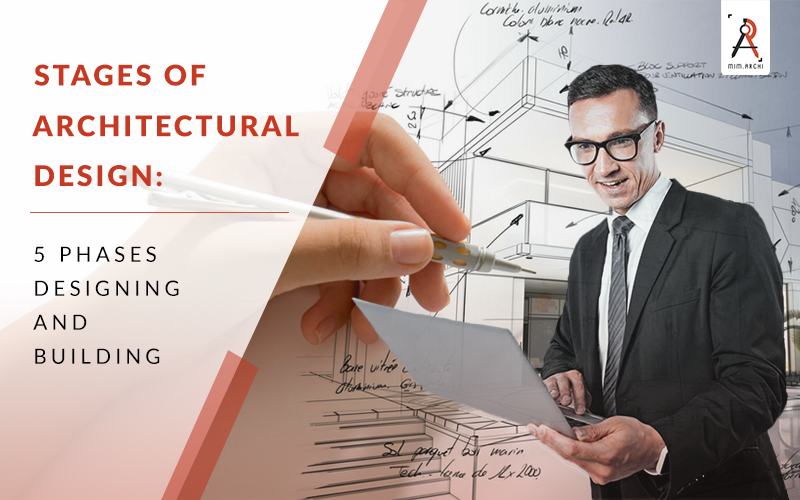
Stages of architectural design: 5 Phases of Designing and Building
Home » Blog » Architecture » Stages of architectural design: 5 Phases of Designing and Building
There are five stages of the architectural design process. Where any kind of architectural project, large or small, residential or commercial, is complex. Architects simplify the process of designing and building by dividing it into stages. The five stages are project inception, schematic design, design development, construction documents, and construction administration.
You’ll be able to communicate with your architect better if you know what happens during each work phase. Understanding each phase’s objectives is also important since architects usually base project schedules and contracts upon them. mimAR values clarity and provides a stress-free and effortless experience to its clients.
Here is a list of stages of architectural design and the objectives associated with each stage.
· Project Inception
· Schematic design
· Design Development
· Construction documents
· Construction Administration
The architect’s phases of design are summarized below in this article. Each architecture firm provides a different percentage of the overall cost for a given project. Generally speaking, these phases are accepted by most architects around. It’s important to ask an architect to provide you with a thorough explanation of their fee structure.
Let’s discuss this one by one to get a clear understanding of each stage.
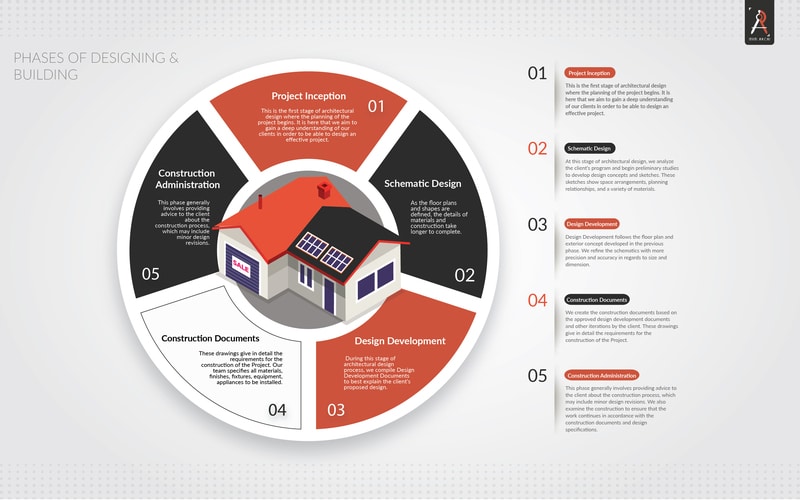
1. Project Inception
This is the first stage of architectural design where the planning of the project begins. It is here that we aim to gain a deep understanding of our clients in order to be able to design an effective project. The size of a client’s home is determined by a number of factors, including their lifestyle and their future needs. In addition, we suggest the most effective way to utilize it.
Gathering data about the existing conditions on site is the other part of the Pre-design phase. This usually involves mapping the land so that the location and details of any existing structures can be determined. In order to determine the impact of the project on the environment, we take into account the environment, the people, and the planning regulations of the site. In this way, we can learn more about your values and needs. Eventually, this results in a design that reflects your unique style and maximizes efficiency.
2. Schematic Design

At this stage of architectural design, we analyze the client’s program and begin preliminary studies to develop design concepts and sketches. These sketches show space arrangements, planning relationships, and a variety of materials. As the floor plans and shapes are defined, the details of materials and construction take longer to complete. We pay attention to how our clients react and make any necessary adjustments in response to their feedback.
A lot of the client’s involvement is required during this phase, as well as the approval of the Schematic Design. Take the time to give thoughtful feedback to your design professional if something doesn’t make sense to you. Changes are always possible, but the easiest time to make them is during the development phase.
3. Design Development
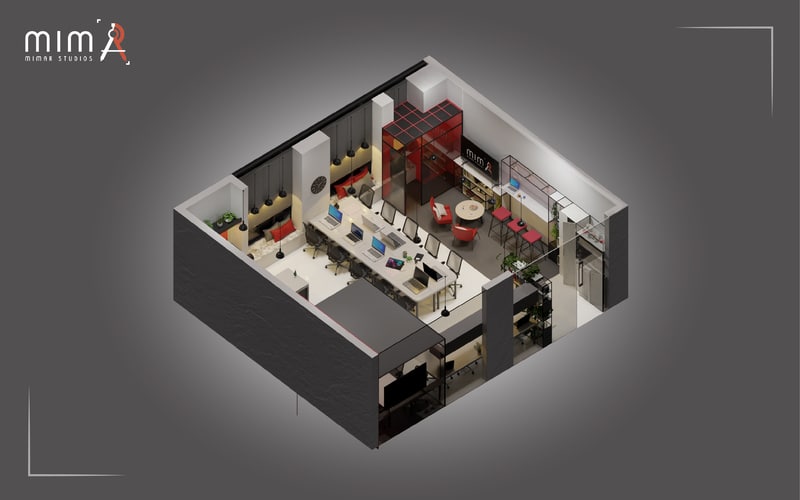
Design Development follows the floor plan and exterior concept developed in the previous phase. We refine the schematics with more precision and accuracy in regards to size and dimension. During this stage of the architectural design process, we compile Design Development Documents to best explain the client’s proposed design. These documents include detailed floor and section plans, elevations, and sections.
This phase also involves visualizing the concept in 3D using architectural visualization software. By the end of the Design Development phase, the exterior of the building becomes more comprehensively designed. This includes the layout of the interior, the dimensions of all spaces, and the majority of materials used.
4. Construction Documents
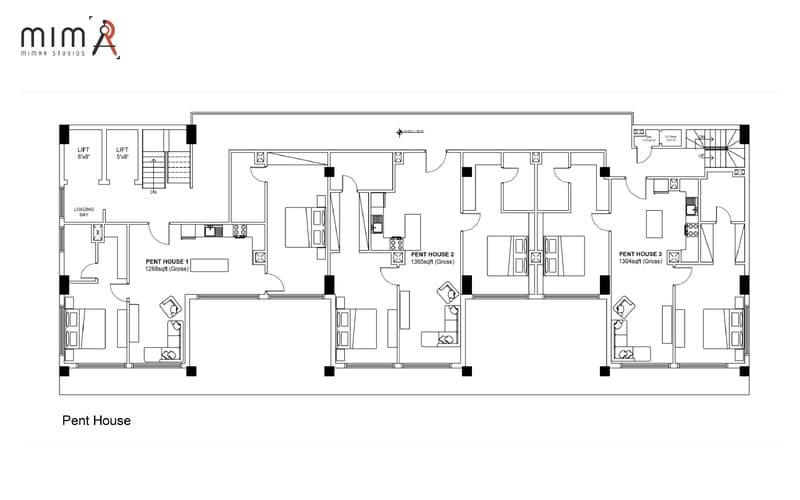
We create the construction documents based on the approved design development documents and other iterations by the client. These drawings give in detail the requirements for the construction of the Project. Our team specifies all materials, finishes, fixtures, equipment, and appliances to be installed. Construction documents require a lot of time, which may surprise you. Local development authorities then require these documents in order to give approval for construction.
At mimAR, we make separate drawings for each work and include them in the construction documents. A plumber, for example, receives drawings specifically intended for plumbing work. Where an electrician gets his own drawings for the work he does. It is important to separate drawings and documents for each work to avoid confusion. As a result, everyone knows precisely what he or she is responsible for.
5. Construction Administration

This phase generally involves providing advice to the client about the construction process, which may include minor design revisions. We also examine the construction to ensure that the work continues in accordance with the construction documents and design specifications. Lastly, we will verify that the materials and workmanship are of the quality agreed upon. The billings of your contractor will also be compared to the amount of work completed. Our team will collaborate with you to draft your final checklist, ensuring that the project meets your expectations.
Final Words
When you realize that a project will require a substantial amount of time and resources, it may seem daunting. In our experience, however, the biggest obstacle to starting or progressing on a project is often the uncertainty associated with the unknown. We’ve put together five crucial stages of architectural design to help clarify some of the unknowns about working with an architect.
The size and complexity of the project may have an impact on the nature and scope of the architectural fee breakdown. Clients who request more than one design option will have a higher Schematic Phase fee. There may be differing fee breakdowns proposed by different architecture firms. Schedule your free consultation with mimAR studios now if you are ready to start.
